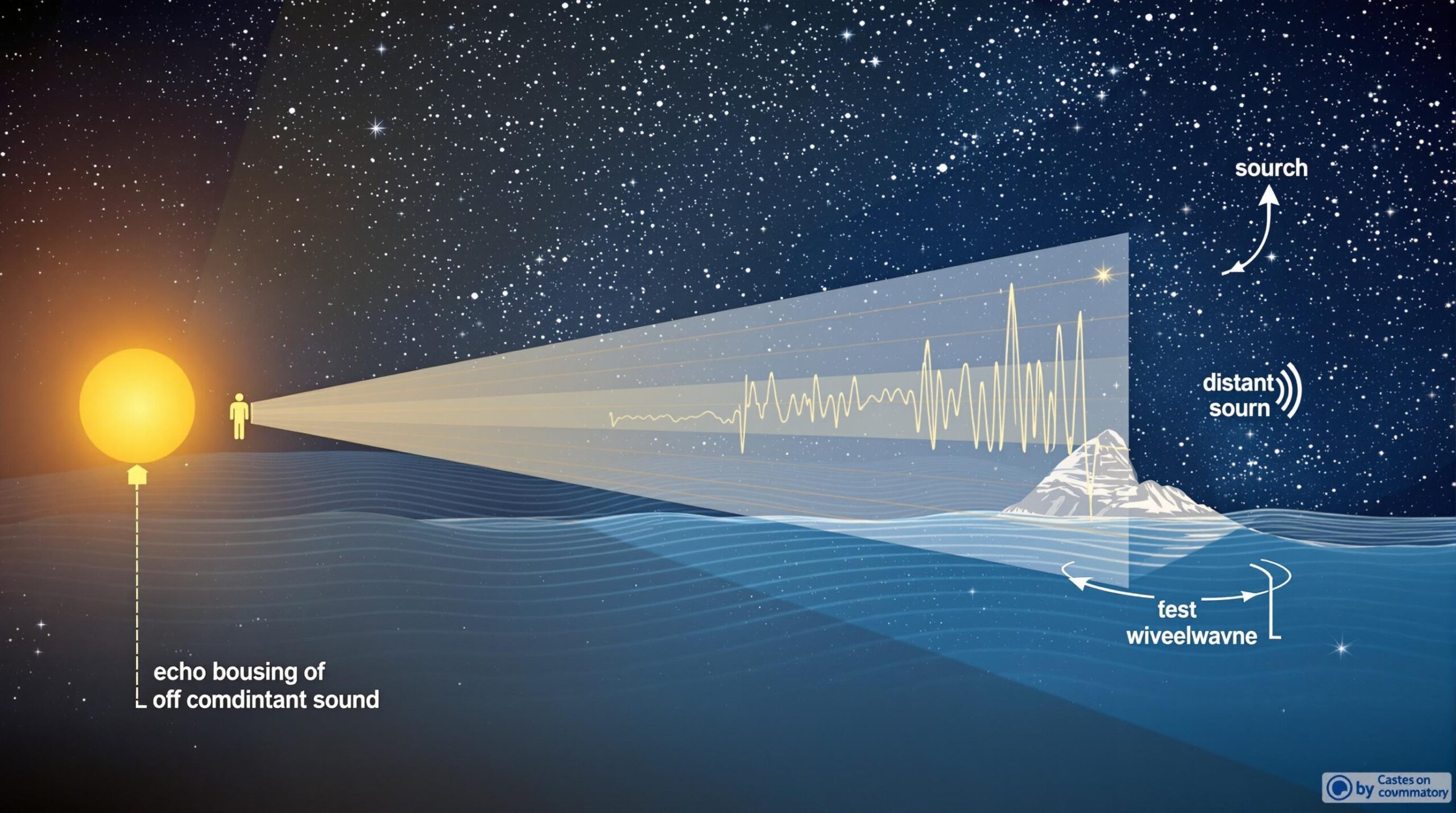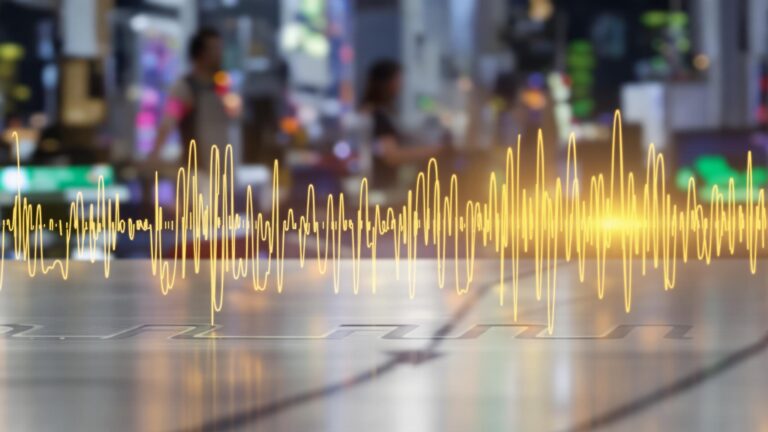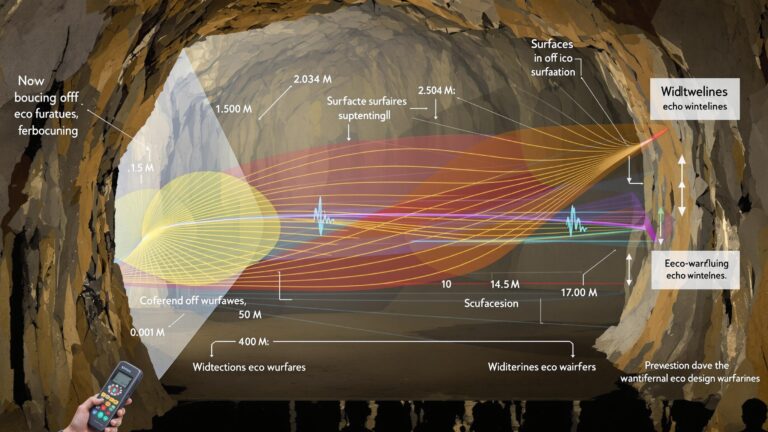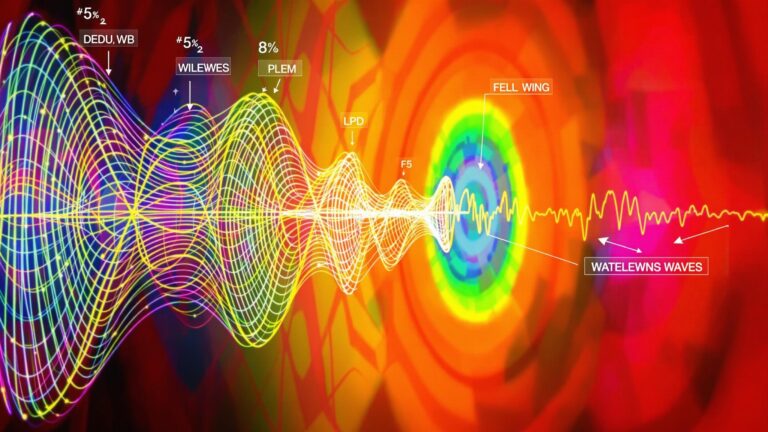Ever wondered how bats navigate in the dark or how submarines map the ocean floor? The secret lies in understanding echo wavelength. It’s not just about hearing a sound bounce back; it’s about deciphering the information encoded in the sound’s wave.
What exactly is echo wavelength?
In simple terms, wavelength is the distance between two consecutive crests (or troughs) of a sound wave. When a sound wave encounters an object, it reflects, creating an echo. The characteristics of this echo, including its wavelength, are influenced by the size, shape, and distance of the reflecting object.
Why is it important?
Echo wavelength is a crucial tool in various fields:
- Echolocation: Animals like bats and dolphins use echolocation to ‘see’ their surroundings. They emit high-frequency sounds and analyze the returning echoes to determine the location, size, and even texture of objects.
- Sonar: Submarines and ships use sonar (Sound Navigation and Ranging) to map the ocean floor, detect underwater objects, and determine distances. Different wavelengths provide varying levels of detail.
- Medical Imaging: Ultrasound uses high-frequency sound waves to create images of internal organs. Analyzing the echoes allows doctors to diagnose and monitor various medical conditions. The wave length of sound waves is altered depending on the density of what the wave is passing through.
- Non-Destructive Testing (NDT): Industries use echo-based techniques to inspect materials for flaws without causing damage. The changes in echo wavelength reveal cracks, voids, or other imperfections.
The relationship between Wavelength, Frequency, and Speed
Wavelength is inversely proportional to frequency. This means that a shorter wavelength corresponds to a higher frequency, and vice versa. The relationship is defined by the following formula:
Speed = Frequency x Wavelength
Sound travels at a certain speed through a specific medium. The wavelength is determined by the frequency of the sound.
Practical Applications
The understanding of echo wavelength is paramount in designing effective sonar systems, improving the accuracy of medical imaging, and developing advanced NDT methods. By carefully analyzing echo characteristics, scientists and engineers can extract valuable information about the world around us.
Beyond the Basics
The realm of echo wavelength extends into more complex areas like Doppler effects, interference patterns, and acoustic impedance. These concepts play a crucial role in understanding the behavior of sound in different environments and its interaction with various materials.
So, the next time you hear an echo, remember that it’s not just a repetition of sound. It’s a wealth of information waiting to be deciphered, all thanks to the fascinating world of echo wavelength. Understanding echo wavelength opens a new way to unlock sound and distance.



